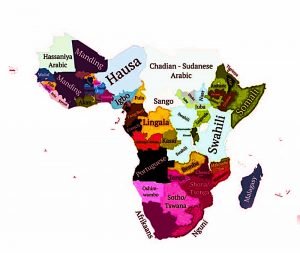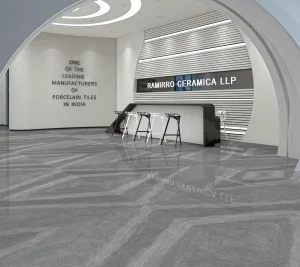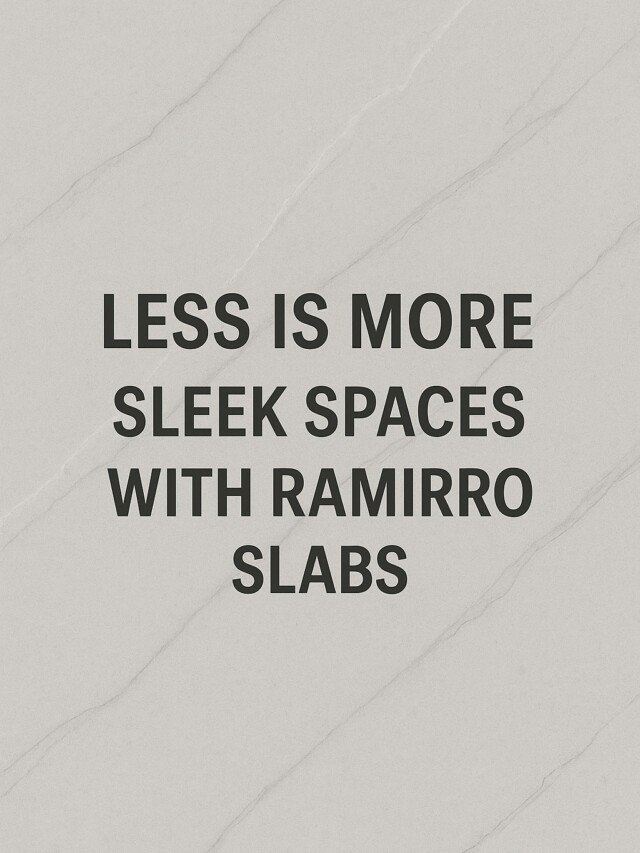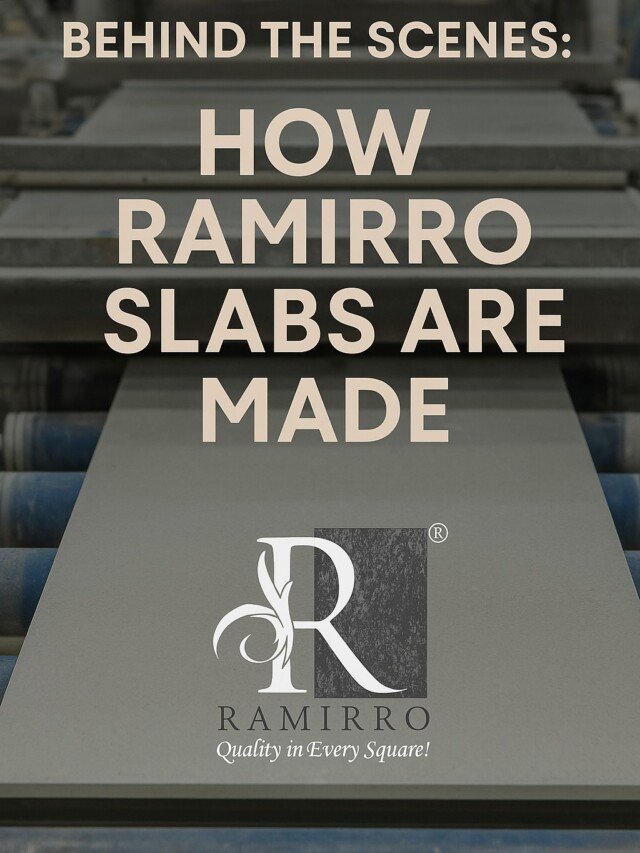When it comes to selecting the best porcelain and ceramics tiles manufacturer in Africa, there are many factors to consider. In this blog post, we will take a look at some of the top manufacturers in African and help you choose the right one for your needs.
Understanding History of Africa in Ceramics:
People in East Africa started to make clay pots about 6000 BC. From Sudan and Ethiopia to Egypt, African pottery styles are very similar.Different cultures have different styles of pottery. The way a pot is made often reflects the values of the culture that made it. For example, the way a stove is made in Africa reflects the fact that many Africans cook over an open fire. The pots are made to withstand the high temperatures and direct flames.
African pottery is not just about function. It is also about art. The pots are often decorated with symbols that have meaning for the people who use them. For example, a pot might be decorated with a symbol that represents the owner’s ancestors.
African pottery is not just about function or art. It is also about history. Pottery can tell us about the people who used it and about the time in which it was made. By 400 BC, pottery-making had spread as far west as West Africa. In West Africa, Nok and Yoruba potters made pottery. They were also using clay to make large clay sculptures.The first African pottery-making tradition is called the Nok culture. The Nok culture is named after the Nok people who lived in what is now Nigeria between 900 BC and 200 AD. The Nok people were the first to make and use pottery in West Africa. They used pottery to store food and water and to make statues of people and animals.
The Yoruba people are another West African people who have a long history of making pottery. The Yoruba people live in what is now Nigeria, Benin, and Togo. They have been making pottery since the 14th century. Yoruba potters make a wide variety of pottery, including pots for cooking, storage, and decoration.
Both the Nok and Yoruba cultures continue to make pottery today. Around 75 AD, North African potters began to imitate imported Roman pottery. Soon they were exporting their imitation Roman pottery all over the Mediterranean, Europe, and West Asia. By about 100 AD, the African pottery had driven Roman pottery-makers out of business. So most of the clay plates and cups used in the whole Roman Empire were made in North Africa. Some African pottery even was exported to India and Iran, and north to northern Europe.
This is a fascinating story for a number of reasons. First, it’s a story of economic success. African potters were able to take advantage of a market opportunity and, in a short period of time, become a dominant player in the Roman Empire’s pottery industry. Second, it’s a story of cultural exchange. The African potters were clearly influenced by Roman pottery, but they also put their own spin on it, and ultimately had a significant impact on Roman culture. Third, it’s a story of globalization. This is one of the earliest examples of a truly global industry, with African potters producing pottery for consumers all over the world.
Traditional floorings vs Modern Flooring Practices in Africa
The traditionalAfrican flooring practices evolve around the fact that most of the time people in Africa spend sitting on the floor. The floor is also used for sleeping, socializing, working and even for eating in some cultures.
Some of the traditional flooring practices in Africa include:
– Rush matting: this is a type of flooring that is made from dried grass that is woven together. It is commonly used in East Africa.
– Cow dung: this is a type of flooring that is made from dried cow dung. It is commonly used in West Africa.
– Sand: this is a type of flooring that is made from sand. It is commonly used in North Africa.
Flooring in Africa has changed over time with the introduction of more modern flooring practices. However, there are still many people who prefer the traditional flooring practices.
The advantages of Modern flooring practices include:
– They are more comfortable: Modern flooring practices are more comfortable to sit on than traditional flooring practices.
– They are cooler: Modern flooring practices are cooler than traditional flooring practices, which can be important in hot climates.
– They are cheaper: Ceramic and Porcelain flooring Tiles practices are usually cheaper than modern flooring practices.
Different kind of Names used in Africa for Ceramic tiles in Their Regional language:
There are many spoken languages in Africa. Here I have listed meaning of Tiles in Each of the regional spoken language in Africa
- Arabic: بلاط سيراميك وبلاط بورسلين
- Somali: Duubyada dhoobada ah iyo Dufanka dhoobada ah
- Amharic: የሴራሚክ ንጣፎች እና የሸክላ ሰቆች
- Oromo: Tiilee Seeraamikii fi Tiilii Porselaanii
- Igbo: Taịlị seramiiki na taịlị poselin
- Swahili: Tiles za Kauri na Tiles za Kaure
- Hausa: Fale-falen fale-falen yumbu da fale-falen fale-falen buraka
- Yoruba : Awọn alẹmọ seramiki ati Awọn alẹmọ tanganran
Manufacturers of Ceramics and Porcelain tiles in Africa
There are many reasons to choose Ramirro’s porcelain and ceramics tiles. Ramirro Ceramics is best manufacturer, supplier and merchant in Africa are known for their high standards of quality and craftsmanship. They use only the finest materials and the latest technologies to produce their tiles. Additionally, Ramirro’s manufactured tiles sold in Africa are typically very clean and well-organized, so you can be sure that your tiles will be made in a safe and efficient environment. When it comes to price, Ramirro Ceramica made porcelain and ceramics tiles are very competitive in pricing.
You can find a wide range of collections depending on the type of tile you select and the quantity you order. There are many different types of porcelain and ceramics tiles available on our online shopping website here. Ramirro Ceramics manufacturer has merchant in Africa offer a wide variety of colors, styles, and designs to choose from in every areas. Whether you are looking for a simple, classic tile or something more elaborate and decorative, you are sure to find what you are looking for in at Ramirro Ceramics.
Where is majority of manufacturers in Africa Located?
Generally, when we see map of Africa, major ceramic manufacturers are found in souther part of Africa regions and few are located in northern part of Africa Region. You can connect us anywhere in Africa by messaging us at info@ramirro.com or click here to chat with Expert.
List of Ramirro Ceramica Showrooms in Other Countries:
- Thailand
- Taiwan
- Jordan
- Iraq
- Russia
- Australia
- United Kingdom
- Peru
- Ireland
- Luxembourg
- Saudi Arabia
- Qatar
- Oman
- Switzerland
- France
- Spain
- Albania
- Israel
- Portugal
- Croatia
- Cyprus
- Nederland
- Poland
- Jordan
- USA
This are just few of listed Tiles dealer by Ramirro Ceramica. To know all location click here.
View Our Product Collection
Checkout our entire Collection – > Shop Now
Summary.
If you are looking for best quality ceramics and porcelain tiles in Africa, visit Ramirro as its one of the best merchant and manufacturer present in Africa who can offer large variety of ceramics and porcelain slab tiles with various designs and patterns.
Note: Check our company’s Disclaimer, Terms and Condition and Privacy and Policy










